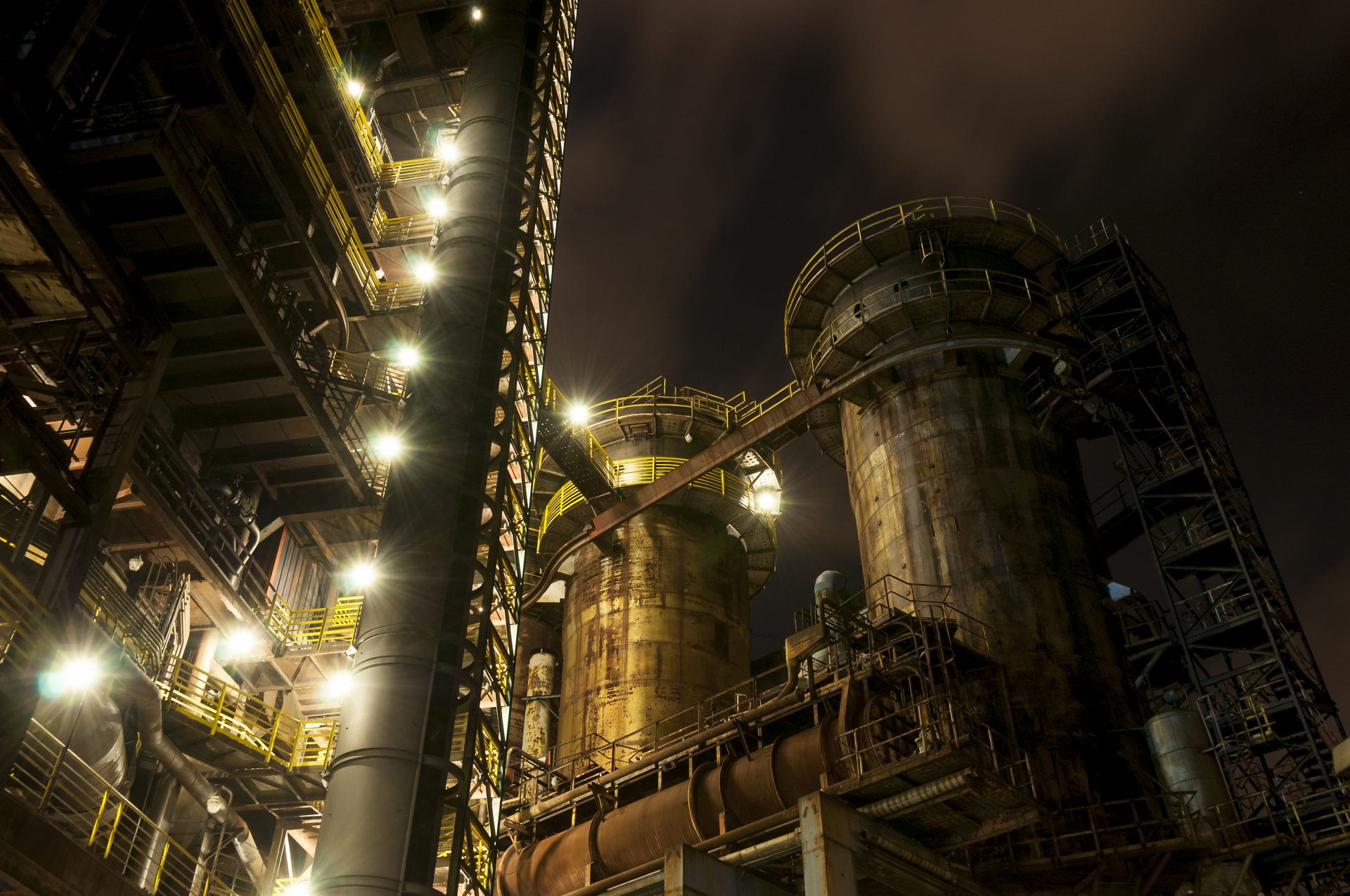
The beauty of brownfields
Brownfields represent a unique opportunity and challenge for the implementation of innovative projects. Brownfield locations are usually very well connected to transport infrastructure and utility networks and at the same time offer ideal conditions for research and technology centres, coworking spaces, state-of-the-art technologies, and possibly even non-traditional forms of housing (cohousing, lofts, etc.).
The Velvet Revolution in the Czech Republic back in 1989 brought a number of important changes. The democratic system and private ownership of property were renewed, borders were opened, and the market economy was restored.
The country's brownfields were created by the long-term disuse of buildings that previously served energy- and labour-intensive industries. A separate category of brownfields is made up of former military facilities, agricultural sites, areas for extraction of raw materials and transportation facilities.
According to CzechInvest data from the end of last year, there are a total of 4,377 brownfield sites in the Czech Republic with a total area of 13,351 hectares. In Prague, for example, there are 18 brownfield sites with an average area of 4.7 hectares! The potential of brownfield sites is great and represents an important resource for urban planning and the development of urban infrastructure. It is essential to involve a wide range of stakeholders in the transformation of brownfield sites and to address issues of ownership and management of these sites. Cooperation between the private and public sectors is key to successful brownfield redevelopment.
The advantages of brownfield sites as construction land are obvious. It is not sustainable for towns to continually sprawl wide and into the surrounding landscape.
Brownfield sites are often located in strategic locations, offering opportunities for investment in new industries, information technology, distribution, retail, and leisure, as well as public sector investment. The redevelopment of brownfield sites with environmental contamination will also significantly improve the quality of environment, while providing real benefits to all activities in the adjacent areas. They not only have economic and environmental potential but also the opportunity to create attractive, viable and sustainable sites.
Benefits of brownfield regeneration
- Increase of economic activity in the regenerated area – business and trade, housing, services
- Inflow of foreign direct investments
- Decrease of unemployment through job creation
- Increase of competitiveness
- Increase of attractiveness of the given municipality and thus increase of tourism (brownfields are usually located within urbanised areas)
- Unlike greenfield projects, limited claims on agricultural land in line with the principles of sustainable development
- Improvement of the environment through decontamination of the given site
- Mobilisation of private capital
- Increase in property values within brownfield sites and the surrounding areas
- Positive influence on crime prevention and thus reduction of crime rates
Examples of successfully regenerated brownfield projects
- Smíchov railway station (Prague) – a new city district with apartments, offices and commercial outlets
- Waltrovka (Prague) – office centre and residential project located in one of the biggest former industrial sites of the city
- Vysočany (Prague) – a former industrial site turned into multipurpose facility, shopping and social centre , including residential premises and service centres
- Vítkovice (Ostrava) – gradual transformation of former steelworks into a cultural, social and educational centre
- TESLA Pardubice – a transformation of a former manufacturing site into a residential quarter with services, shops and University of Pardubice laboratories
- Šantovka (Olomouc) – shopping and social centre on a formal industrial site located in the city centre
- Preparations and implementation of brownfield regeneration projects are currently underway in a number of other cities (Brno, Trutnov, Náchod and others)

